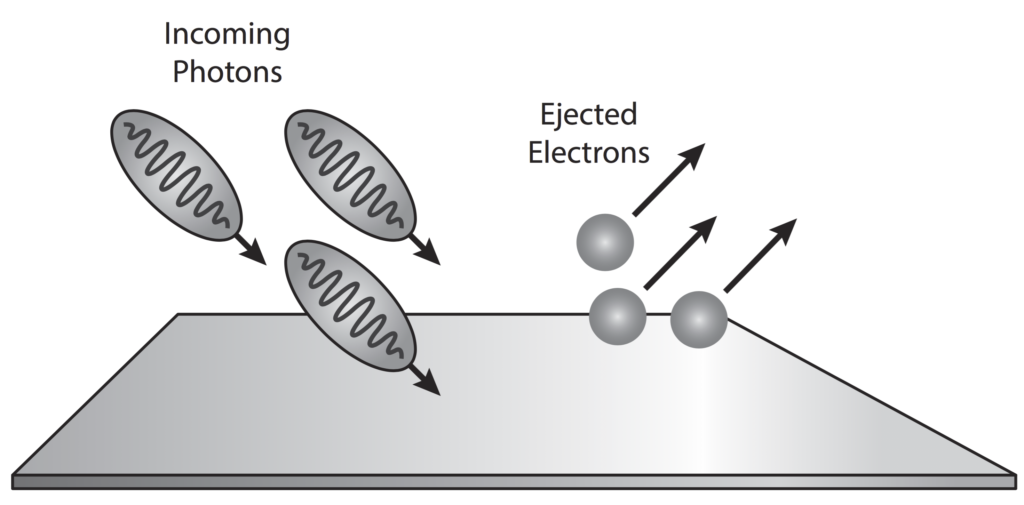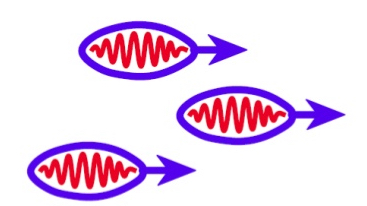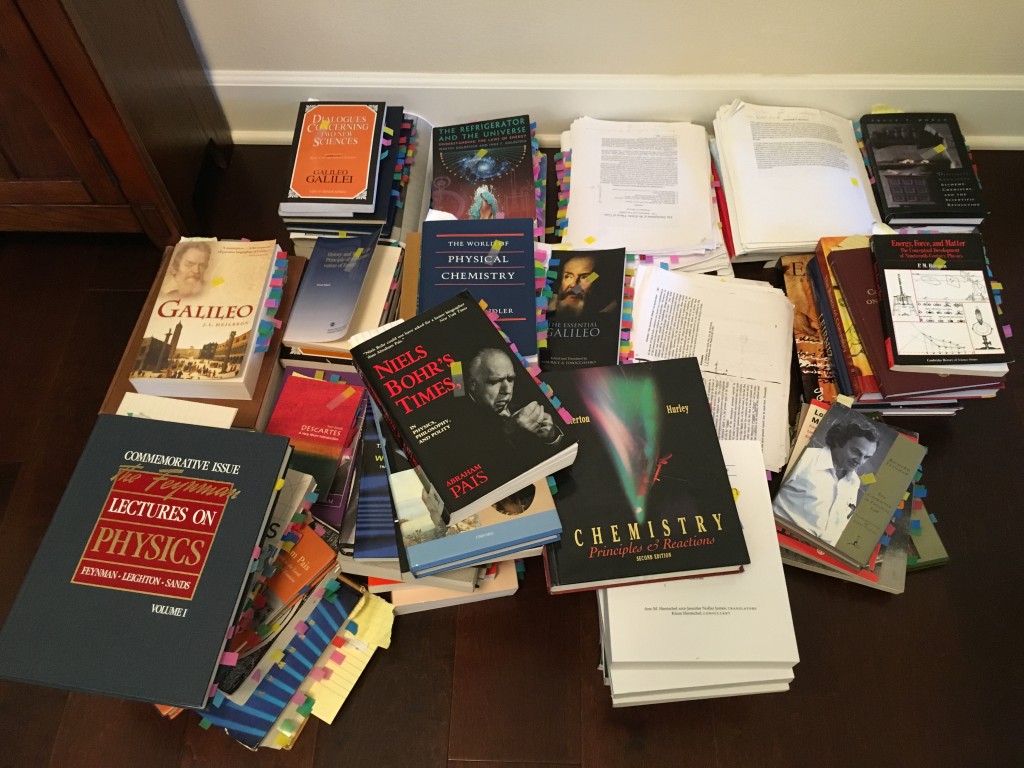[Contents]
I
The First Law: Energy
1 Nothing for Free
The Conservation of Work
2 Swinging, Falling, and Rolling
The Initial Foundations of Energy
3 Untangling the Mess
Energy, Momentum, Force and Matter
4 The Missing Link
Heat Was the Final Piece to the Energy Puzzle
II
Nature’s Compensation: Entropy
5 Thoughts of Heat Engines
The Thermodynamic Origins of Entropy
6 Dissipation
The Relationship Between Heat and Work
7 The Preferred Direction
Entropy as Nature’s Sign Post
8 The Other Side of Entropy
Entropy’s Connection to Matter and Atoms
III
The Pieces: Atoms
9 Speculations of Atoms
Thoughts of Existence Pave the Way for Atoms
10 Two New Philosophies
Rational Versus Spiritual View of Nature
11 Realizing Atoms
The Physical Foundations of the Atom
12 Final Doubts to Rest
The Atom as Physical Reality
IV
Uncertainty: Quantum Mechanics
13 Discrete
Energy’s Devious Secret
14 Light Quanta
Particles and Waves: The Beginning
15 The Quantum Atom
Revisiting the Atom
16 Quantum Mechanics
Nature’s Lottery
Epilogue
From Here to There



